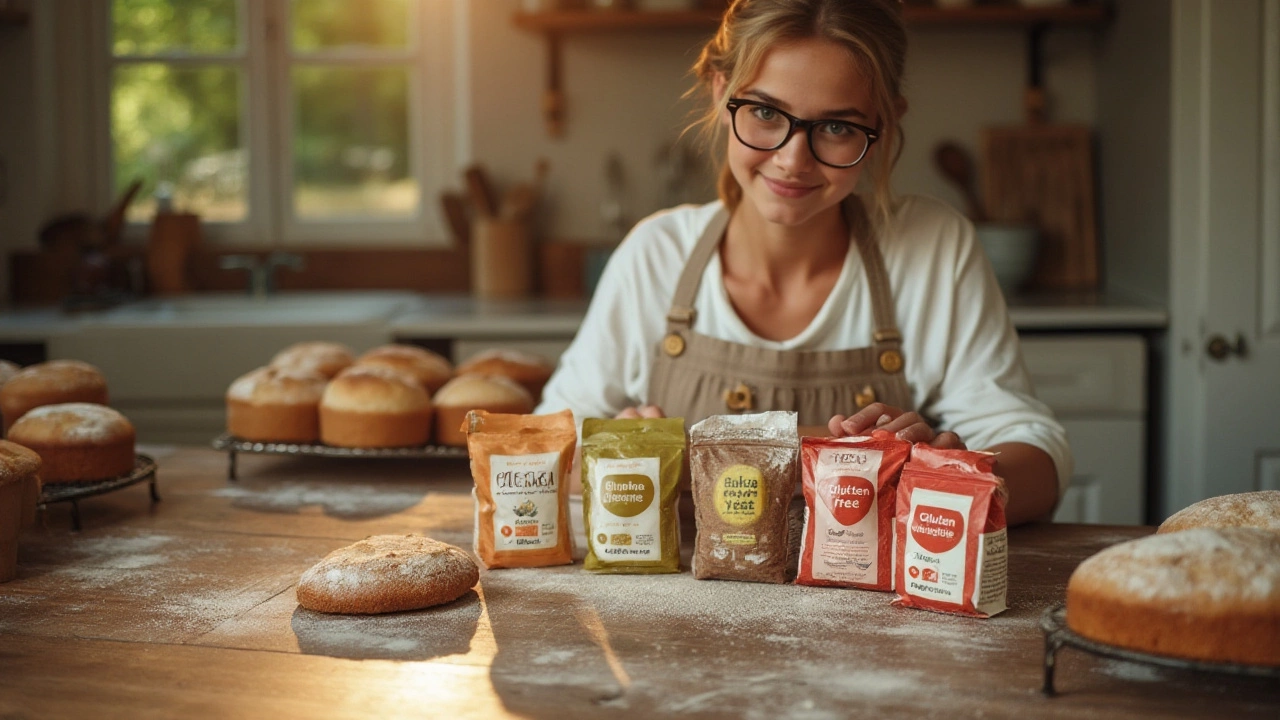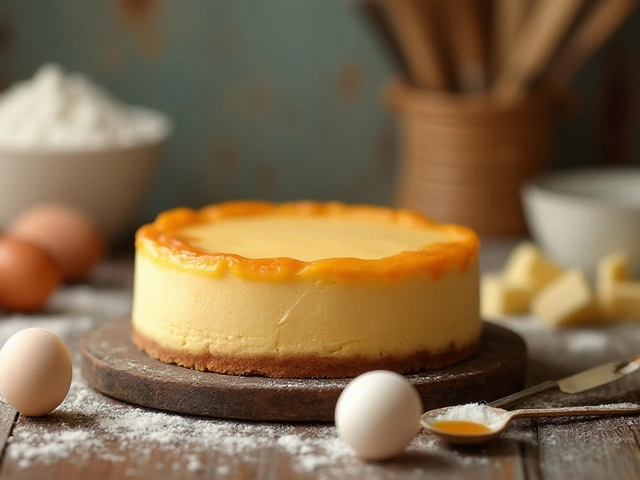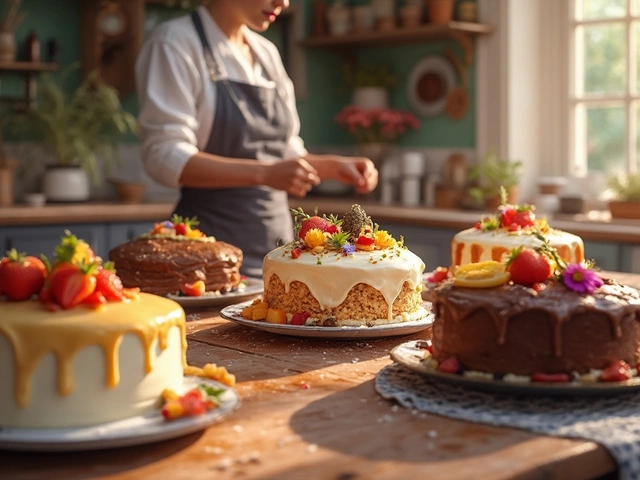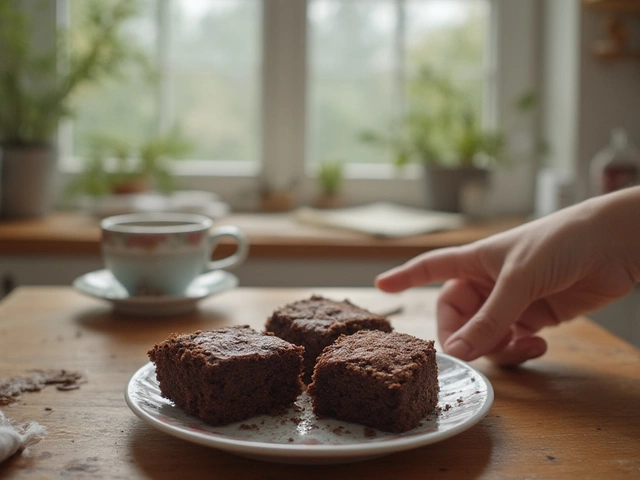Yeast in Baking: Simple Tips for a Perfect Rise
If you’ve ever wondered why some loaves rise like clouds while others stay flat, the answer is yeast. It’s the tiny living ingredient that turns dough into airy, tasty bread, rolls, and even some sweet treats. Below you’ll get the basics of how yeast works, quick ways to check if it’s still alive, and a couple of go‑to recipes you can try tonight.
What Yeast Actually Does
Yeast is a single‑cell fungus that feeds on sugar. As it eats, it releases carbon dioxide gas and a little alcohol. The gas gets trapped in the dough’s gluten network, causing the dough to expand and give you that light texture. The alcohol mostly evaporates while baking, leaving flavor behind.
There are two main types you’ll see in home kitchens: active dry yeast and instant (or rapid‑rise) yeast. Active dry needs you to dissolve it in warm water first, while instant can be mixed straight into the dry ingredients. Both work the same way; the difference is just how you handle them.
Easy Yeast Tips & Quick Recipes
Check the yeast. Before you start, give it a quick test. Stir a teaspoon of yeast into ¼ cup warm water (about 105‑110°F) with a pinch of sugar. If it bubbles and foams in 5‑10 minutes, it’s good to go.
Mind the temperature. Yeast loves warmth but hates heat. Water that’s too hot will kill it, and cold water will slow it down. Aim for that sweet spot mentioned above.
Don’t over‑mix. Once the yeast is added, mix just until the dough comes together. Over‑mixing can break down the gluten, making the rise weaker.
Here’s a quick recipe you can whip up with just a few pantry staples:
Simple Yeast Dinner Rolls
- 3 cups all‑purpose flour
- 1 packet (2 ¼ tsp) active dry yeast
- 1 tbsp sugar
- 1 tsp salt
- 1 cup warm water
- 2 tbsp melted butter
Mix the dry ingredients, add the warm water and butter, knead for 5‑7 minutes, then let it rise in a warm spot until doubled (about 1 hour). Shape into rolls, let them puff a bit more, and bake at 375°F for 15‑20 minutes. You’ll get soft, buttery rolls that are perfect for any meal.
If you’re feeling adventurous, swap the flour for a mix of whole‑wheat and oat flour, or add herbs and garlic for a savory twist. The same yeast principles apply.
Because our site is packed with fun food facts—think brownies, vegan candy, and the latest dessert trends—trying a yeast‑based recipe adds a new skill to your baking toolkit. The next time you browse our posts, you’ll see how yeast can be the secret behind a fluffy cake base for those red‑car themed celebrations.
Bottom line: yeast is easy once you know the temperature, proofing steps, and how to handle the dough gently. Keep a small packet on hand, test it before use, and experiment with flavor add‑ins. Your kitchen will thank you with better rise, better texture, and happier taste buds.





